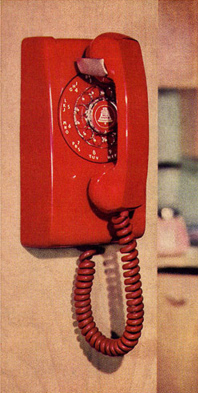“Get Up, Stand Up”

Any large social movement is shaped by the technology available to it and tailors its goals, tactics, and rhetoric to the media of its time. On the afternoon of Sunday, March 7, 1965, when voting-rights marchers in Selma, Alabama, were run down by policemen at the Edmund Pettus Bridge, the WATS lines were in heavy use. (“Here come the white hoodlums,” an activist said from a corner pay phone at 3:25 pm.) But the technology that was most important to the movement’s larger aims was not in activists’ hands at all: It was in a set of film canisters being ferried past police blockades on Highway 80 by an ABC News TV crew, racing for the Montgomery airport and heading to New York for an evening broadcast. That night, 48 million Americans would watch the scene in their living rooms, and a few days later Martin Luther King Jr. would lay bare the movement’s core media strategy. “We will no longer let them use their clubs on us in the dark corners,” he said. “We’re going to make them do it in the glaring light of television.”
“It was a rare admission,” writes media historian Aniko Bodroghkozy. “King and other civil rights organizers seldom acknowledged their own self-conscious use of the mass media.” Today’s African-American civil rights organizers, by contrast, talk about the tools of mass communication all the time — because their media strategy sessions are largely open to everyone on the Internet.
If you’re a civil rights activist in 2015 and you need to get some news out, your first move is to choose a platform. If you want to post a video of a protest or a violent arrest, you put it up on Vine, Instagram, or Periscope. If you want to avoid trolls or snooping authorities and you need to coordinate some kind of action, you might chat privately with other activists on GroupMe. If you want to rapidly mobilize a bunch of people you know and you don’t want the whole world clued in, you use SMS or WhatsApp. If you want to mobilize a ton of people you might not know and you do want the whole world to talk about it: Twitter.
And if, God forbid, you find yourself standing in front of the next Michael Brown or Walter Scott, and you know the nation’s attention needs to swerve hard to your town, your best bet might be to send a direct message to someone like DeRay Mckesson, one of a handful of activists who sit at the apex of social networks that now run hundreds of thousands strong. “The thing about King or Ella Baker is that they could not just wake up and sit at the breakfast table and talk to a million people,” says Mckesson, a former school district administrator who has become one of the most visible faces of the movement. “The tools that we have to organize and to resist are fundamentally different than anything that’s existed before in black struggle.”
For Wired, Bijan Stephen writes about how #BlackLivesMatter fits into the past, present, and future of civil rights work, and it is excellent. Read the whole essay here.